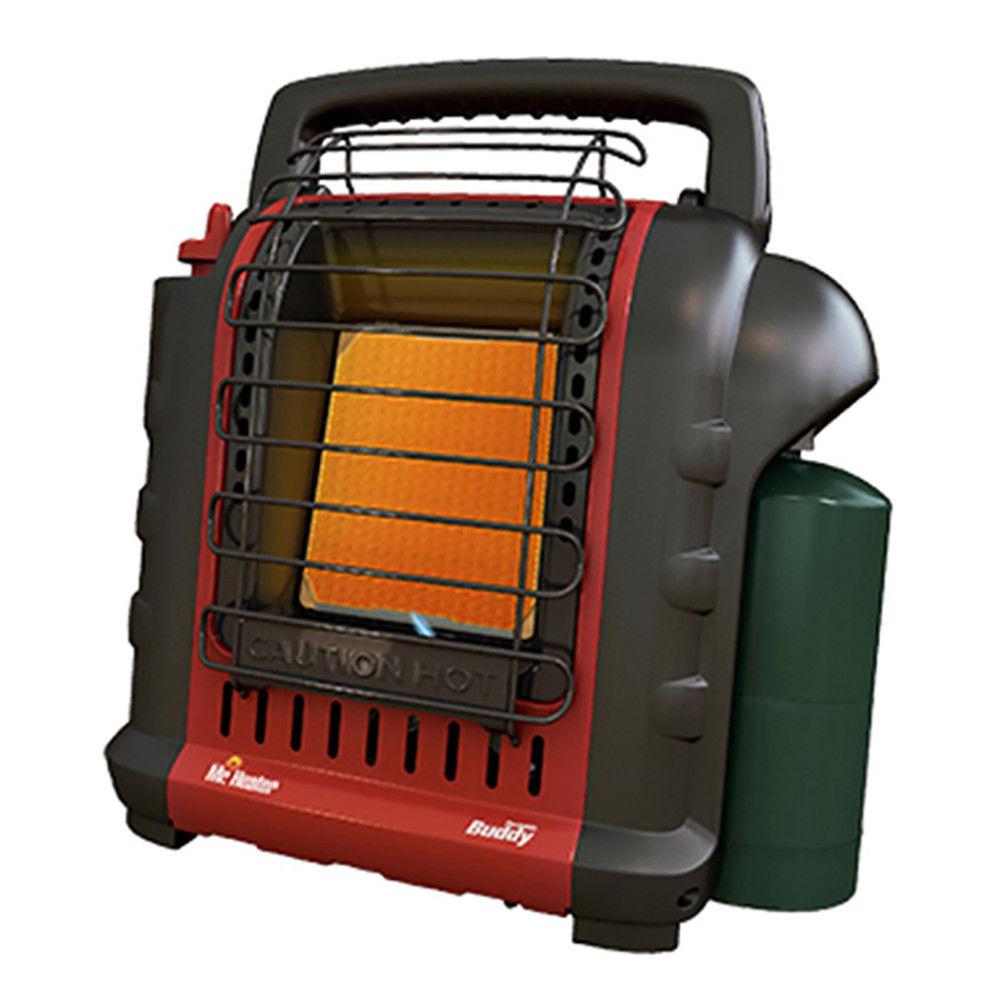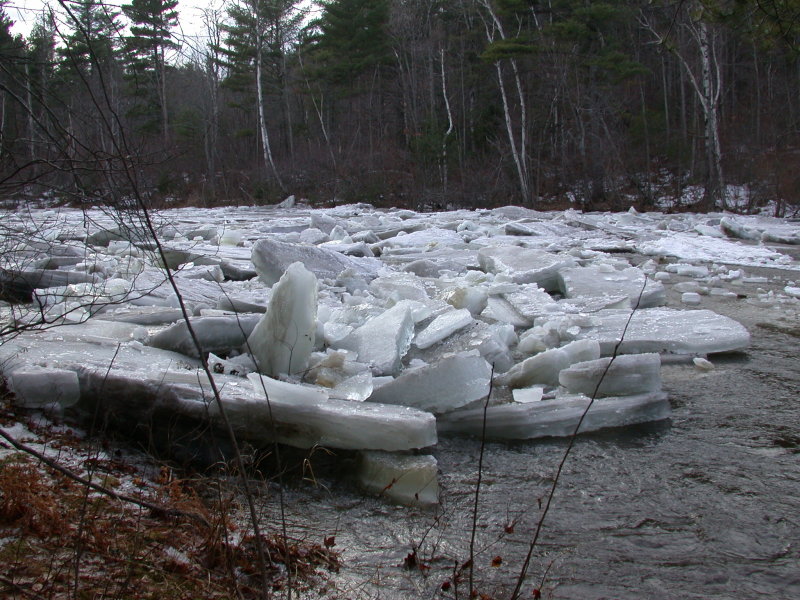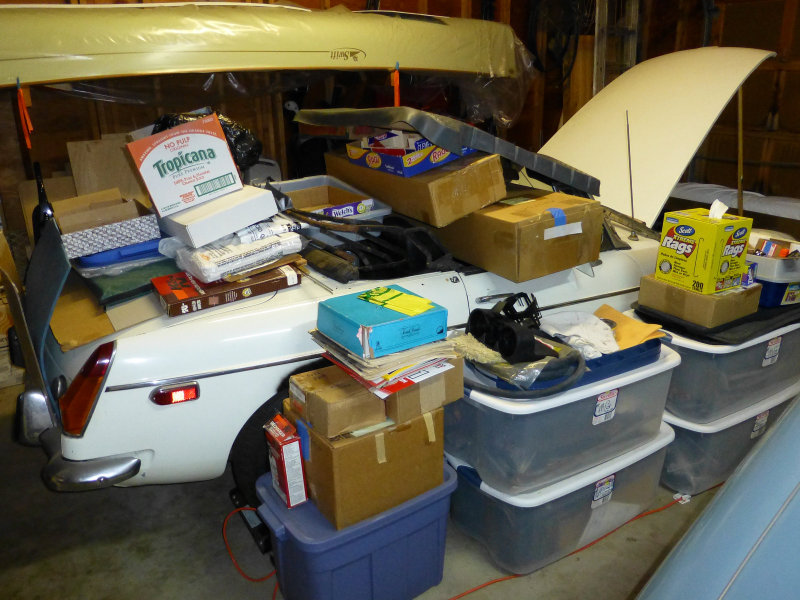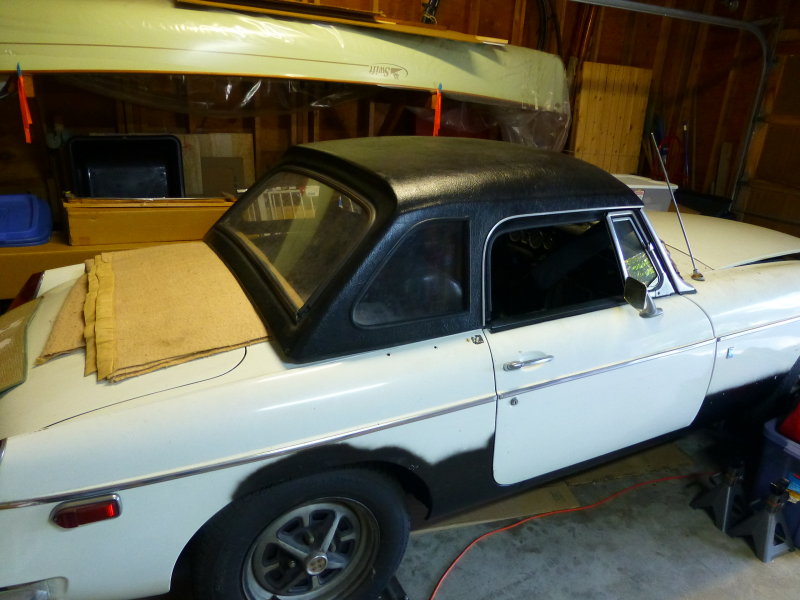That idea has been around since the invent of fuel tanks. I'm not going to dispute but logic defies that idea. The pickup is maybe an inch above the bottom and is fixed, it is not floating like the fuel level sensor. Being that as fact wouldn't the contaminants still be drawn in? I suppose the argument is that with more fuel in the tank, the contaminants are somewhat diluted by the sloshing of the gas in a moving vehicle. The main reason for not running a near empty tank is for the reduction of air volume which lessens the likelihood of condensation, thus water. As mentioned today's gas with ethanol has an attraction for water which then aids in the phase separation. To be honest most of our gas is crap. The public has been sold a bill of crap about ethanol, but that is another topic, LOL.
I haven't had a reason yet to pull a fuel tank, where exactly is the fuel pump located? The worst thing for a fuel pump is NOT changing the external fuel filter once a year. Backpressure from a dirt restricted filter is what really hurts the fuel pump, do your fuel pump a favor and your wallet and change the filter at least once a year.
1) crud in tank bottom can be stirred up when tank is filled; why I try to buy gas at local station 1 block from my house when I go home. Car is parked immediately after tank filled; crud settles.
2) Location of fuel filter varies. Mine (2004 Toyota Avalon, 6 cyl) is in the tank; replacement due at 100,000 miles. Easier with older cars that had an in-line filter.
You're correct re crap gas, process of water condensation, ethanol.



 I bought a car lift, but its too cold to install it
I bought a car lift, but its too cold to install it 






